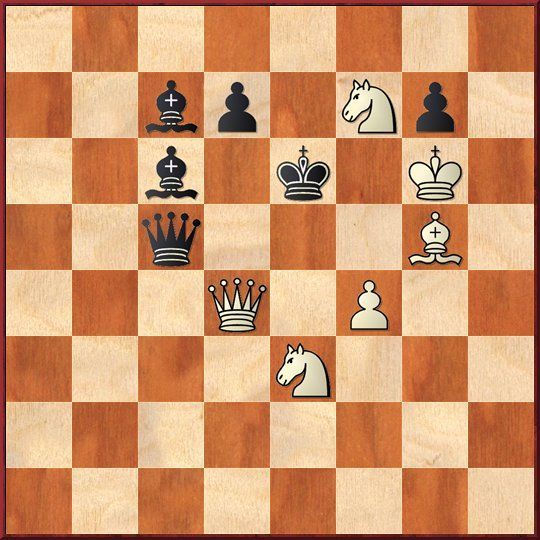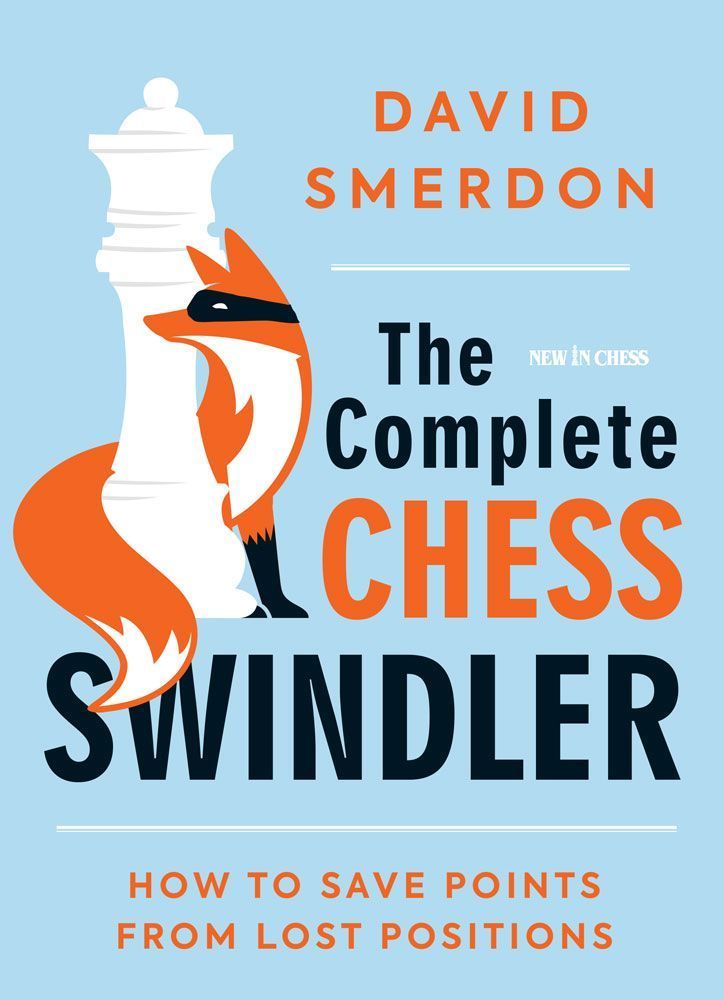To My Valentine...
A few years back, I was amused and both saddened, but not at all surprised, to read Matthew Sadler’s New in Chess review of Bob Jones and Owen Hindle’s wonderful little book on a long-forgotten Victorian master: “If any of you have heard before about Cecil de Vere," the reviewer poignantly pondered, “…then I guess you are the two people who wrote this book!”
For those who don’t know this old master from the past, Cecil Valentine de Vere (to give him his full monicker) was born - fittingly, given his name - on Valentine’s Day in 1846, but he died in destitute from tuberculosis at the tragically young age of 29 in 1875. And if you have never read Jones and Hindle’s entertaining and enlightening biography on him,
“The English Morphy”?, then you really should.

His death was a sad and rather squalid end for someone who only a few years earlier had been dubbed with the sobriquet “A Young Morphy”, by no less a figure than Wilhelm Steinitz, the first world champion-to-be. And much like the American enigma Paul Morphy, de Vere was just as big an enigma and could have been best described as the ‘pride and sorrow’ of British Chess.
At his peak, in 1866, de Vere - with youth on his side - was seriously being talked about as a potential world champion. That year, he had won the first British Chess Associations Challenge Cup (the forerunner of the British Championship - and he was the youngest player to win the title until Nigel Short) with a 100 per cent score.
This was followed by another big win at Redcar and respectable showings in the top international arena at Paris and Dundee. But Dundee proved to be his Waterloo, so to speak, because in the northern industrial Scottish city, the rot set in with a diagnosis of TB that ultimately lead into a spiral of alcoholism, ill-health, and ultimately a premature death.
Try to picture the scene, if you will: One day you are seen as the new darling of the game and dazzling the cream of elite chess in Dundee, the next you go to a Scottish doctor with a bad cough, and it all ends in a tragic spiral of your promising career being curtailed, and ultimately ends in an early death. Such were the vagaries of life for a chess master during the Victorian era!
On a more cheerier note, in honour of Valentine’s Day 2023 for all you young chess lovers, legendary American GM and composer, Pal Benko, created the suitable heart-themed puzzle in today’s diagram. It’s White to play and mate-in-two, and you will find the solution at the bottom of today’s game.
Cecil Valentine De Vere - Wilhelm Steinitz
Dundee International Congress, 1867
Ruy Lopez, Berlin Defence
1.e4 e5 2.Nf3 Nc6 3.Bb5 Nf6 The dreaded Berlin Defence - but this was in an era when the Berlin was all the rage, and not the more modern-day 'Wall' variety with the queen exchange and an early endgame scenario. Men were men back then: they played for the cut-and-thrust of a swashbuckling game! 4.0-0 Nxe4 5.Re1 And this was basically how they took on the Berlin back then - playing for lots of tricks and activity. 5...Nd6 6.Nxe5 Nxe5 7.Rxe5+ Be7 8.d4 f6 9.Re1 Nxb5 10.Qh5+ g6 11.Qxb5 c6 12.Qb3 d5 13.c4 Kf7?! This is typical of Steinitzian style. The first World Champion would often use his king in the opening or in the middle-game as an active piece. But here, in way be the lesser of two evils, as he has to get his king out from the middle of the board, and he can't castle as 13...0-0 14.cxd5 cxd5 15.Nc3 picks up the d-pawn. What he's hoping for, is to get the same variation with the big difference being that he can play ...Be6 defending the pawn. But De Vere brilliantly refute's Steinitz's concept. 14.Nc3 dxc4 15.Qxc4+ Kg7 16.d5 cxd5? "A frightful error of judgment," commented Steinitz. "The isolated passed pawn could certainly never have been as dangerous as the openings given by this capture at once to all the hostile pieces. Black ought to have played 16...c5." 17.Nxd5 Bf8? Yet another big error from Steinitz, who didn't see De Vere's next move. Instead, he had to accept he was in a bad way and try to limp on with 17...Bd6 18.Bf4 where White has a big - almost winning - advantage. 18.Nxf6!! A stunning blow that rips the defences around Steinitz's king. 18...Qxf6 The only move as 18...Kxf6?? 19.Qh4+ loses not only the queen, but also shortly after it, the king. 19.Bd2 b5 20.Qd5 b4 21.Rac1 It's not so much love from Valentine, more like 50 Shades of Grey, as De Vere's pieces become the epitome of domination. 21...Qf7 22.Qxa8 A more fitting finale would have been 22.Bh6+! Kg8 23.Qxa8 Bxh6 24.Rxc8+ Bf8 (If 24...Kg7 25.Rxh8 Bg5 26.Rb8 and Black can quickly resign.) 25.Qc6! and Black is in zugzwang. 22...Be6 23.Qe4 Bxa2 24.Qe5+ Kg8 There's nothing left now but to make a quick exit, as even 24...Qf6 25.Bh6+ Kf7 26.Rc7+ is overwhelming. 25.Rc7 Qd5 26.Qxd5+ All roads lead to Rome here, but De Vere could have rubbed in his dominance with the clinical finish of 26.Qf6 Qxd2 27.Rg7+ Bxg7 28.Re8+ Bf8 29.Rxf8#. 26...Bxd5 27.Re8 1-0 Steinitz can't avoid the lose of the bishop on f8 with mate.
Pal Benko solution: 1. Qd6+ Bxd6 Nd8# or 1.Qd6+ Qxd6 2.f5#












